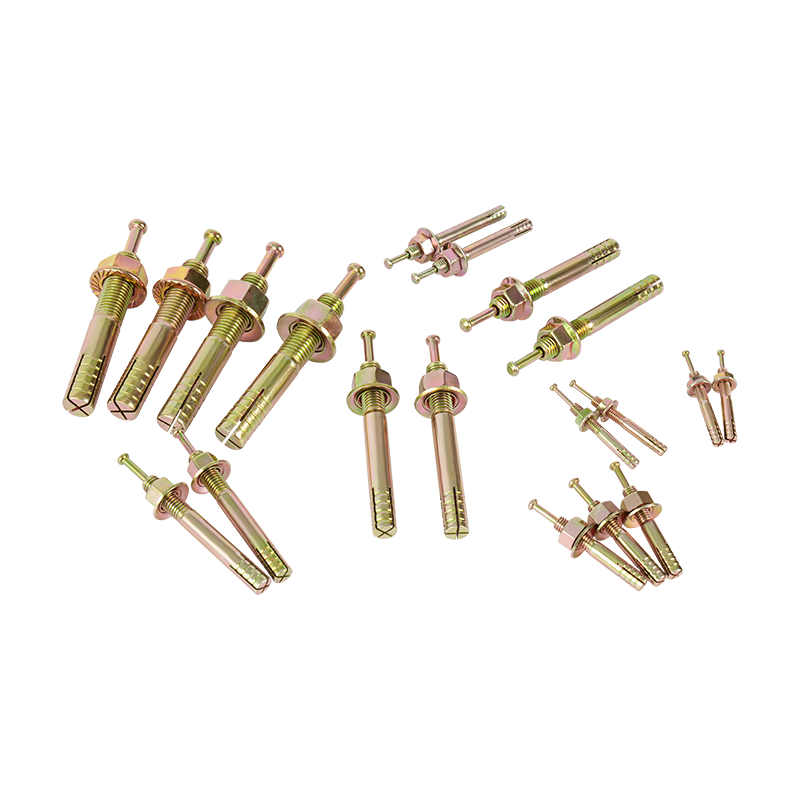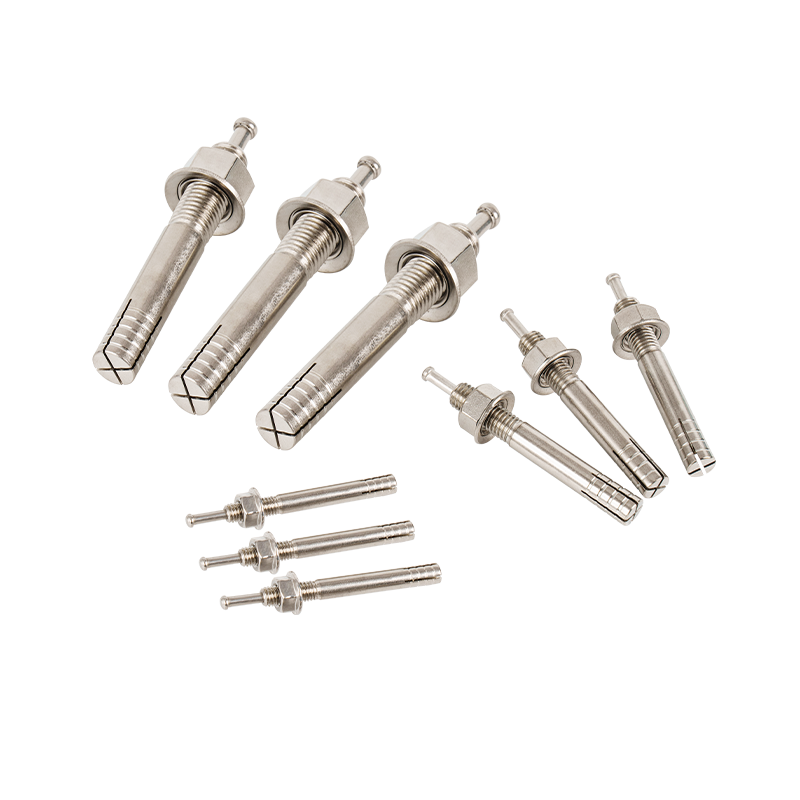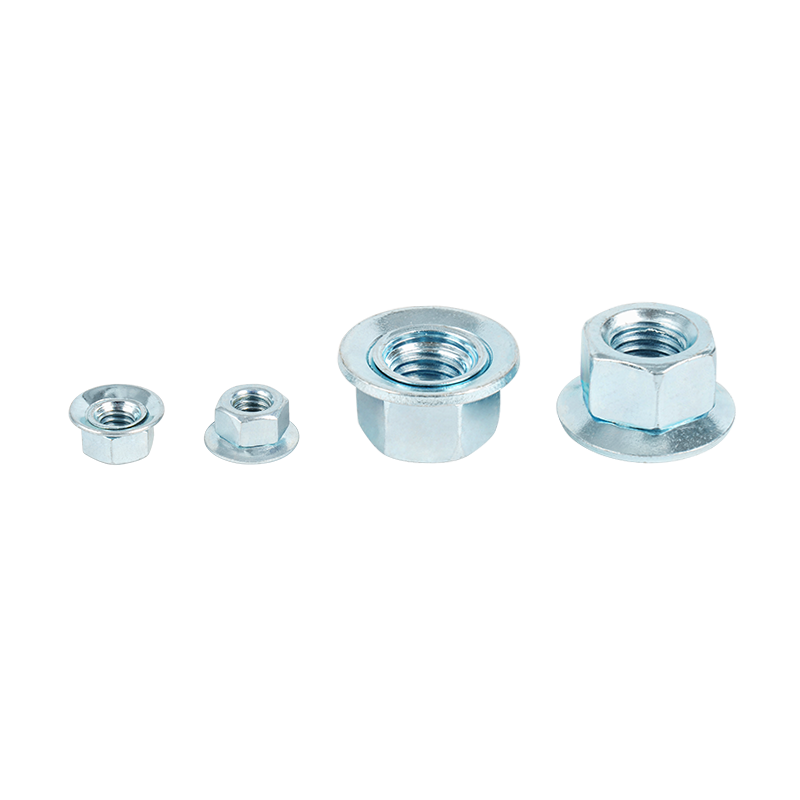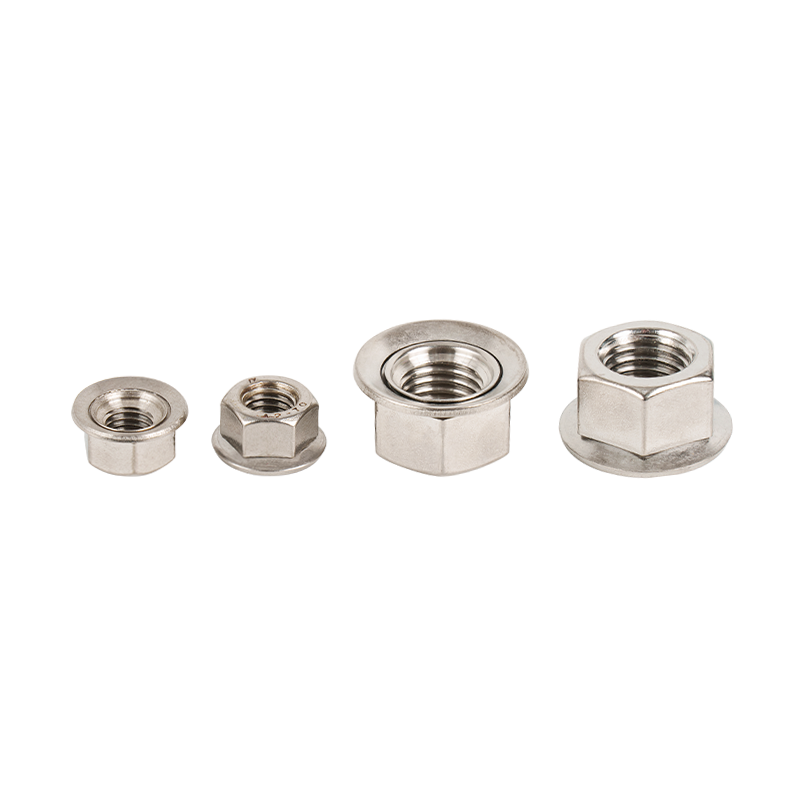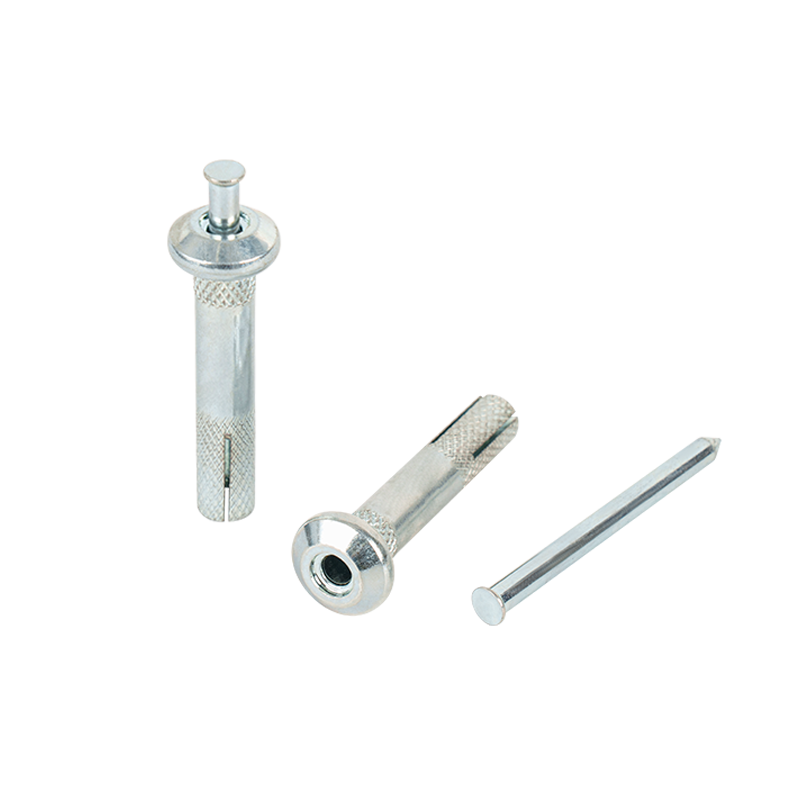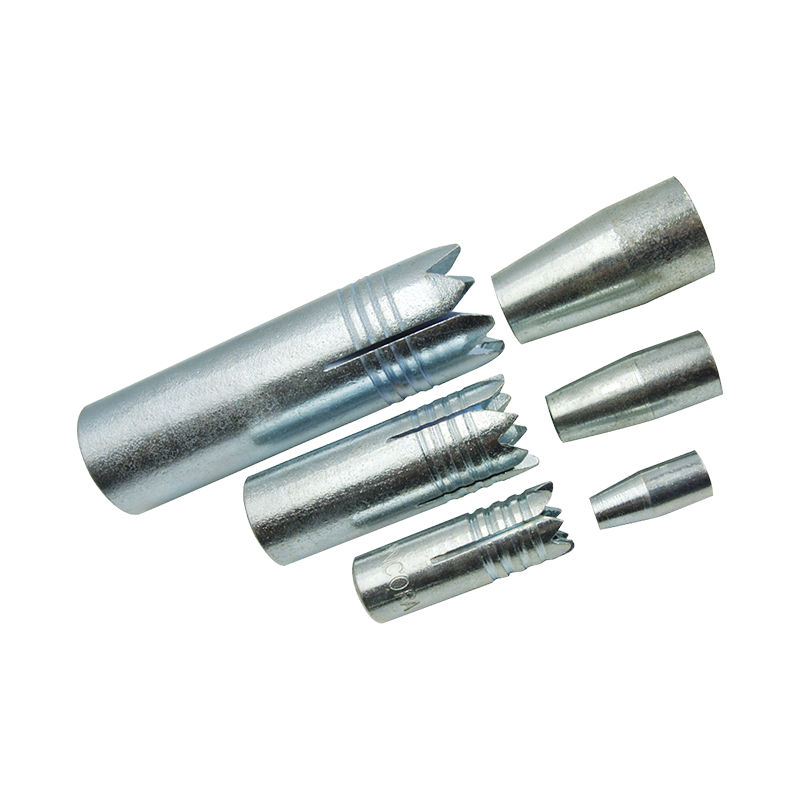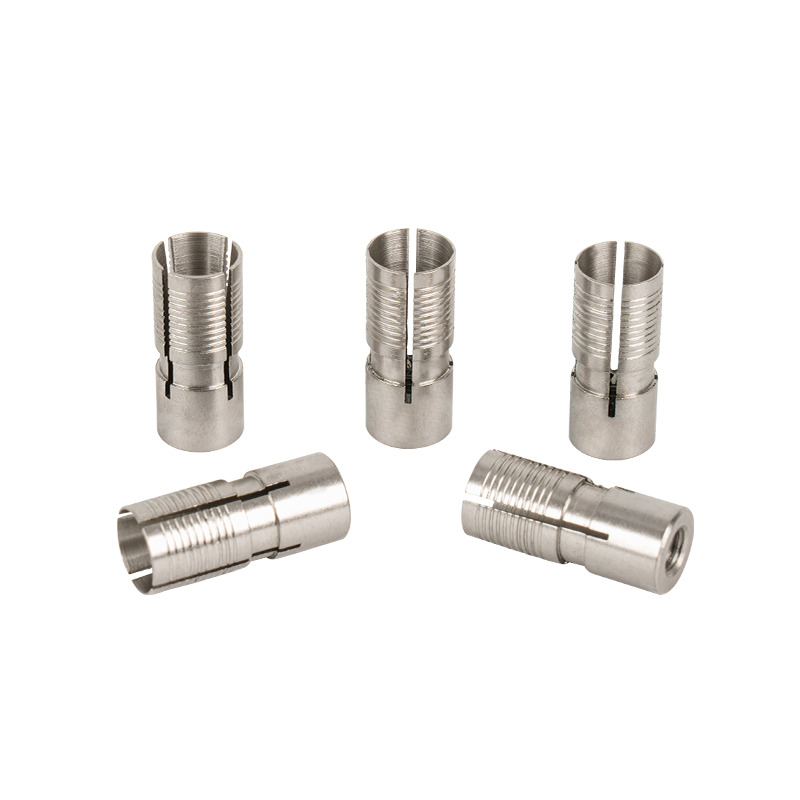How does the material science of carbon steel anchor bolts affect their tensile strength and durability?
2025-03-07
In the field of construction engineering and heavy machinery, Carbon Steel Strike Anchor is a key connection and fixing component, and its performance directly determines the safety and service life of the structure. Carbon steel is its core material, and the synergy of its chemical composition, microstructure and processing technology shapes the mechanical properties and durability of the anchor bolt.
1. Chemical composition: the "gene map" of tensile strength
The tensile strength of carbon steel is nonlinearly positively correlated with its carbon content (C%). According to the ASTM A36 standard, the carbon content of a typical carbon steel anchor bolt is controlled in the range of 0.25%-0.29%, and this ratio strikes a balance between strength and ductility. When the carbon content exceeds 0.3%, the material hardness increases but the brittleness increases significantly, which may cause the anchor bolt to brittle fracture under dynamic load. At the same time, the addition of manganese (Mn) element (0.6%-1.2%) can improve the grain boundary bonding through solid solution strengthening with carbon, and increase the tensile strength by 15%-20%.
Case verification: An industrial plant uses carbon steel anchors with a C content of 0.27% and a Mn content of 0.9%. Its ultimate tensile strength reaches 580MPa, which is 34% higher than that of ordinary low-carbon steel anchors, successfully resisting the high-frequency vibration load of the lifting equipment.
2. Microstructure: The "invisible shield" of durability
The durability of carbon steel depends on the resistance of its microstructure to corrosion and fatigue. Through the controlled rolling and controlled cooling process (TMCP), the ratio of ferrite to pearlite can be optimized to form a fine-grained structure (grain size reaches ASTM grade 8 or above). Fine grains not only improve the toughness of the material, but also reduce the accumulation of dislocations at the grain boundaries and delay the initiation of cracks. In addition, adding trace amounts of copper (Cu, 0.2%-0.5%) and chromium (Cr, 0.3%-0.6%) can form a dense oxide film, reducing the corrosion rate to less than 0.02mm/year.
Experimental data: After comparison with the salt spray test (ASTM B117 standard), the rust area of carbon steel anchor bolts containing Cr/Cu after 720 hours is only 1/5 of that of ordinary carbon steel, and the service life in the marine environment is extended to more than 30 years.
V. Future direction: Breakthroughs in intelligent material science
With the development of the material genome project and computational materials science, new high-strength and tough carbon steels (such as nano-bainite steel and medium manganese steel) are entering the engineering verification stage. By precisely controlling the carbon distribution and phase change path, the tensile strength of the new generation of anchor bolts is expected to exceed 800MPa while maintaining excellent corrosion resistance.

 English
English 日本語
日本語
